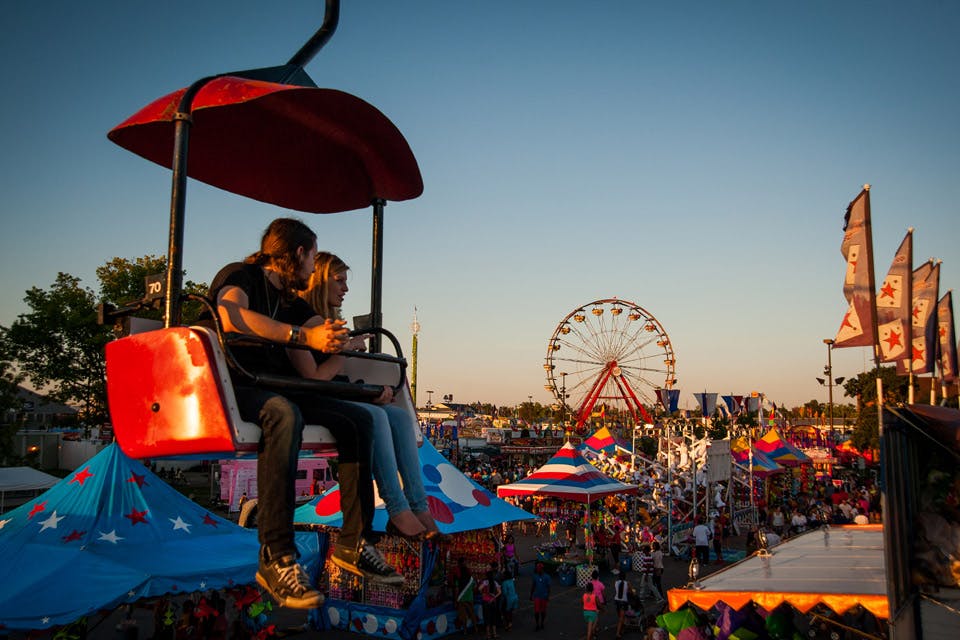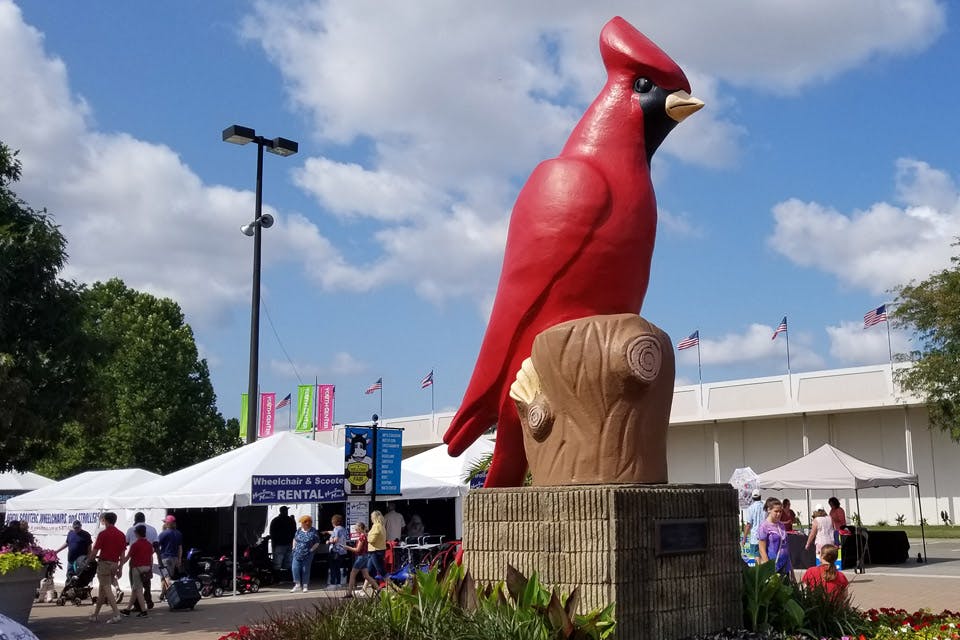The Past, Present and Future of the Ohio State Fair
Since 1850, the Ohio State Fair has showcased the vital role farming plays here. this summer event so deeply tied to tradition, memory and community is readying more than $460 million in upgrades that will take the fair into a new era.
Related Articles

Ohio State Fair Concerts and Shows
From ticketed marquee concerts by Boyz II Men, Stone Temple Pilots and Alabama to the All-Ohio State Fair Band & Youth Choir, the Ohio State Fair offers a full lineup of great music. READ MORE >>

What to See, Do and Eat at the Ohio State Fair
Plan your visit with our guide to what’s new, what’s cool and what you’ll want to be sure to see, eat and do between July 23 and Aug. 3. READ MORE >>

Ohio State Fair: Iconic Spots
From the Cardinal Gate’s namesake to the Dairy Products Building’s iconic butter creations, here are four famous spots you'll want to visit (and snap a quick photo) at the fair. READ MORE >>








